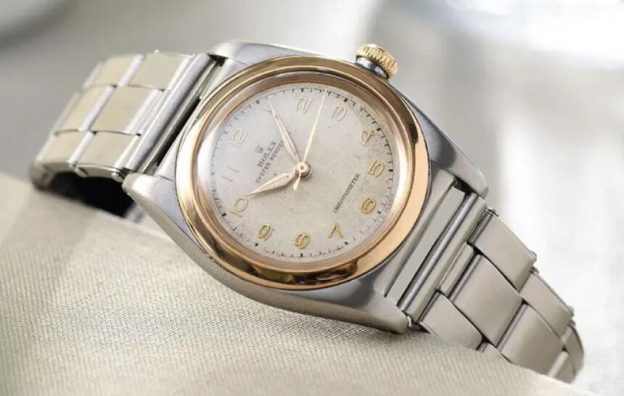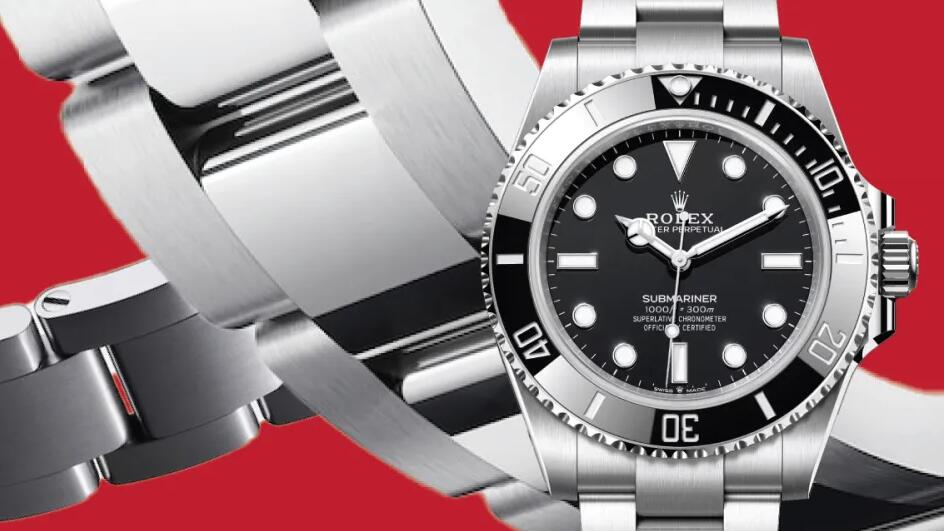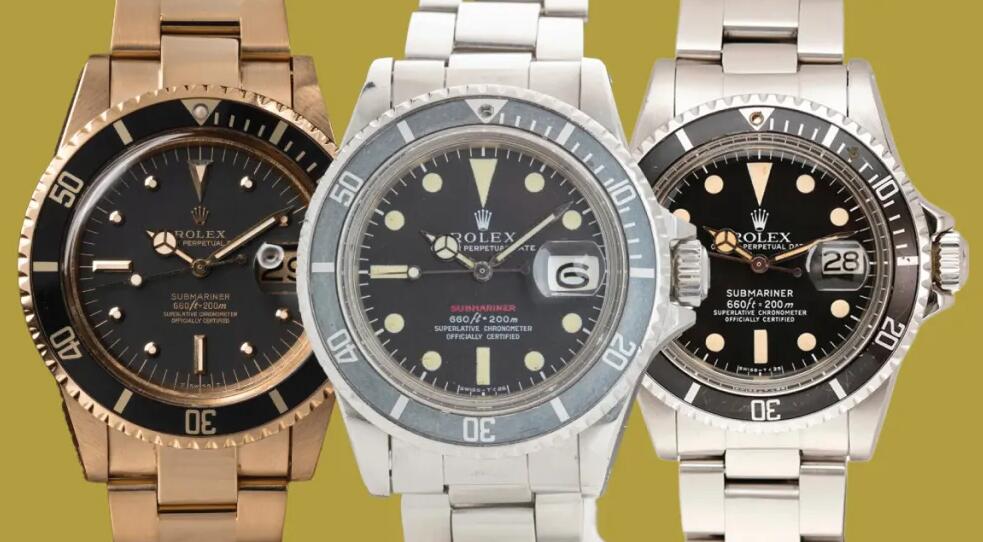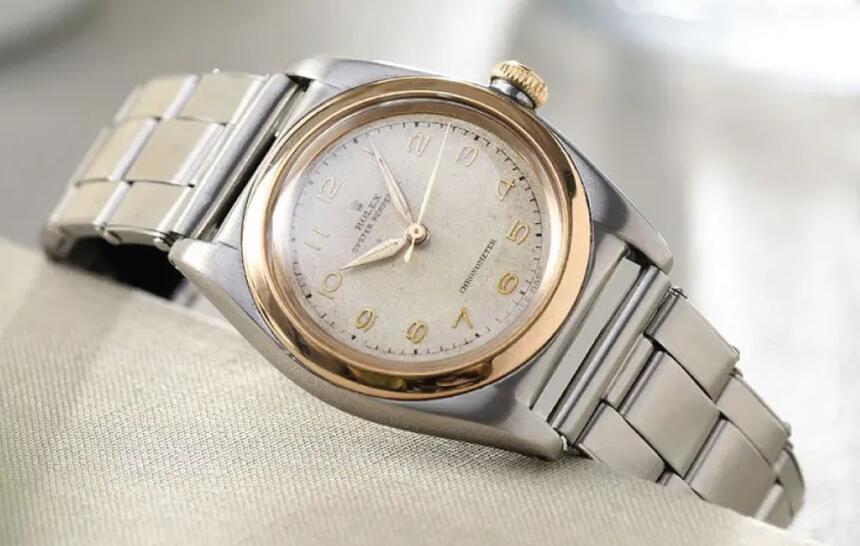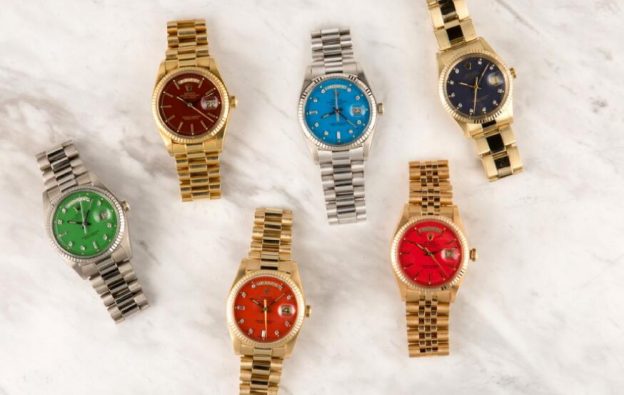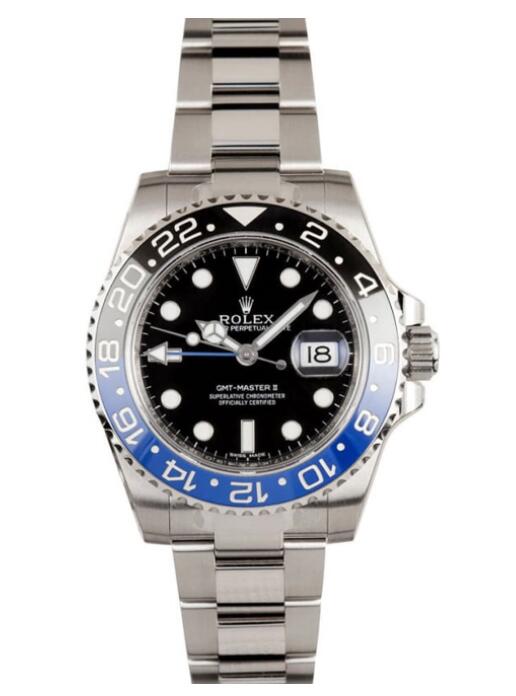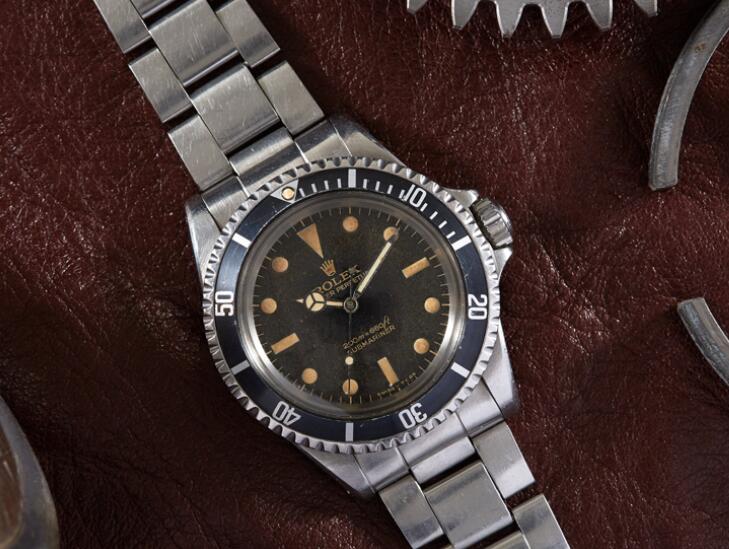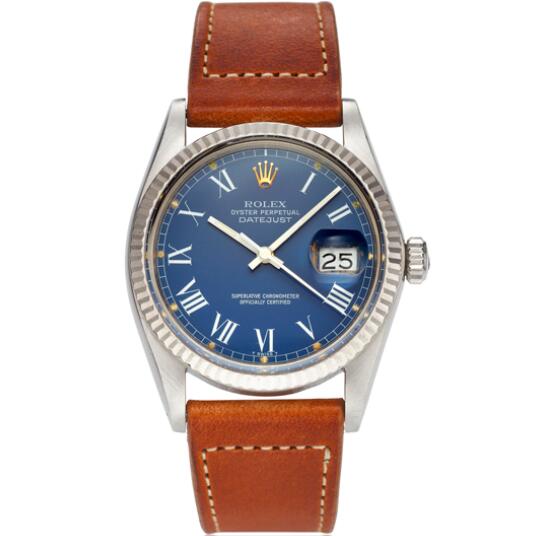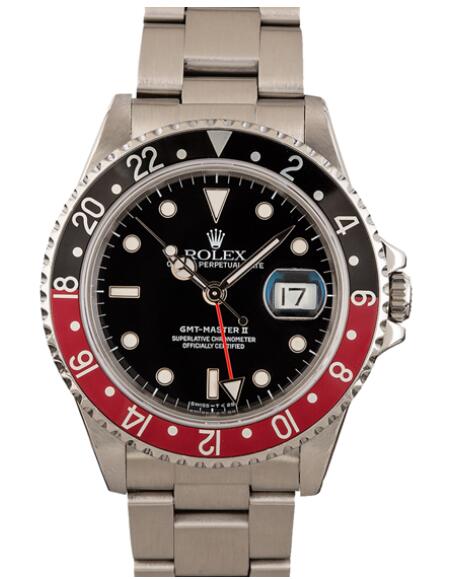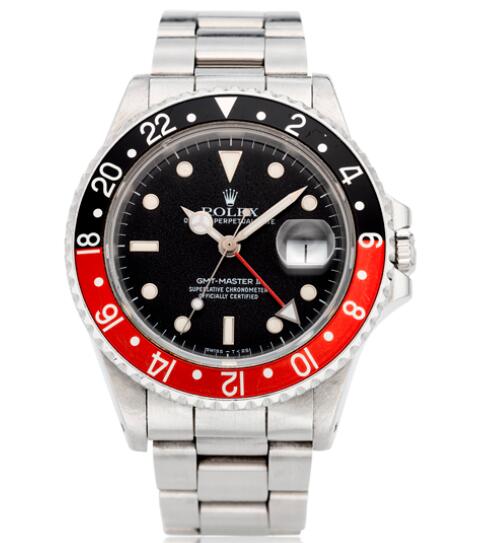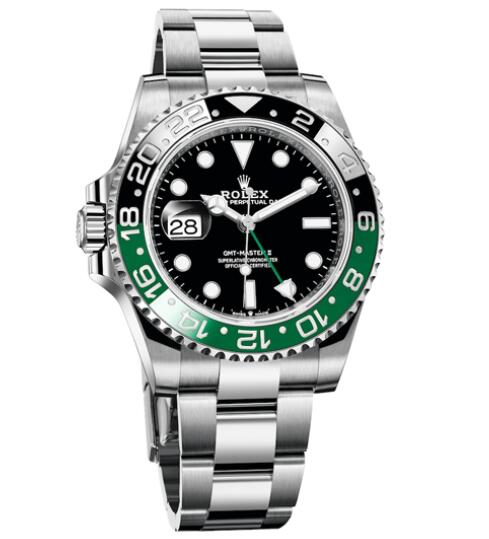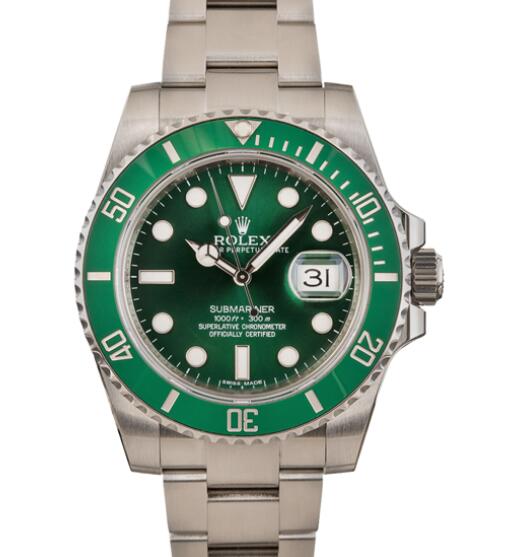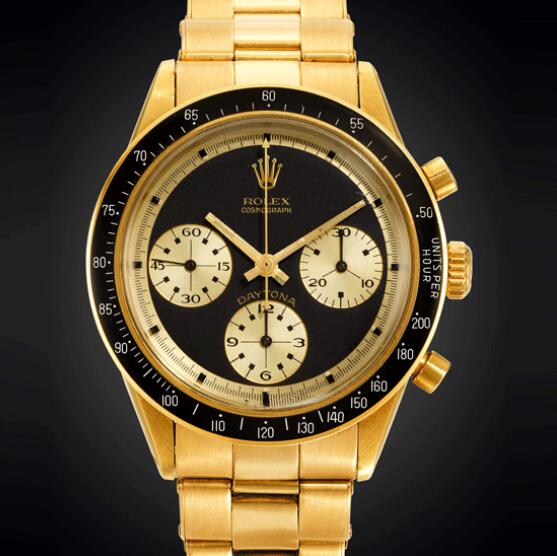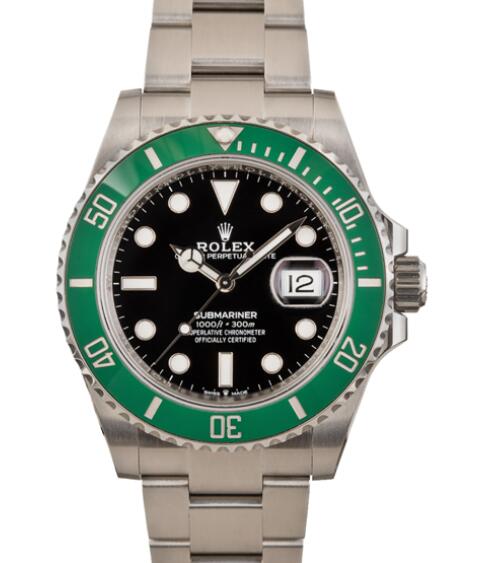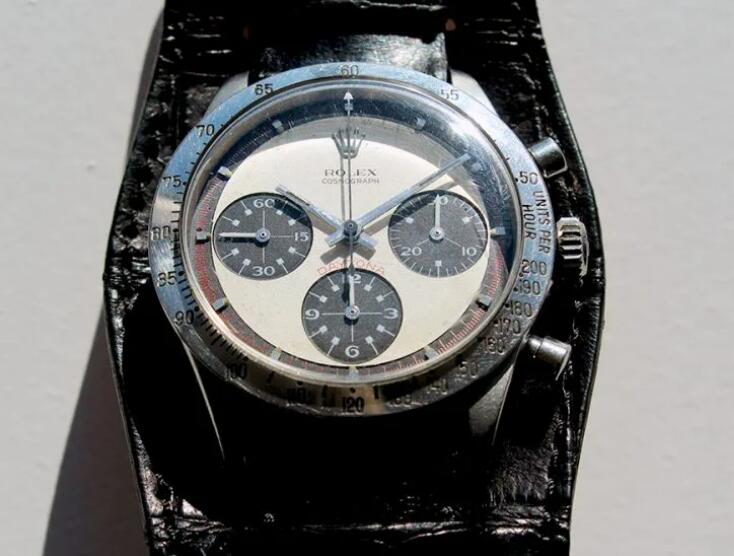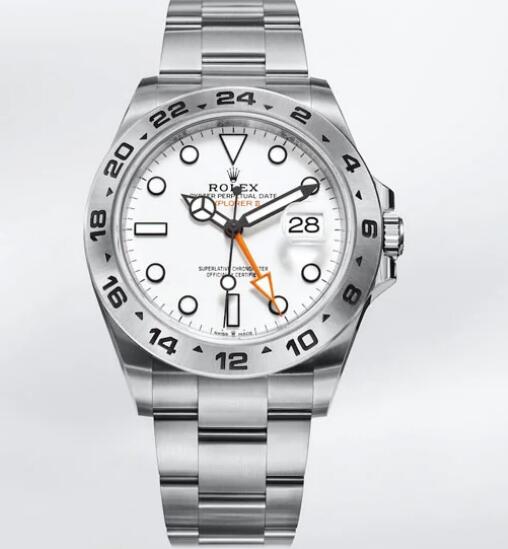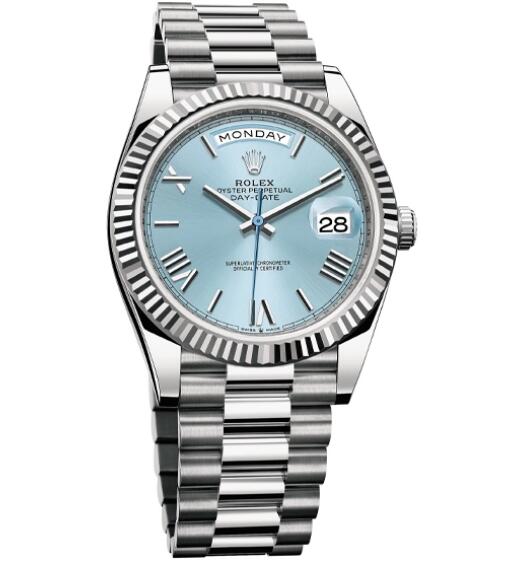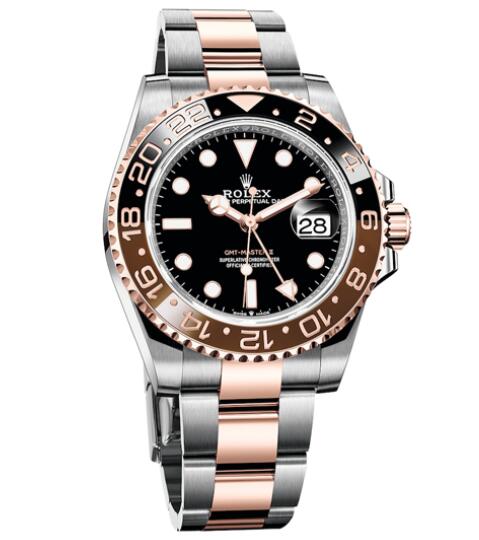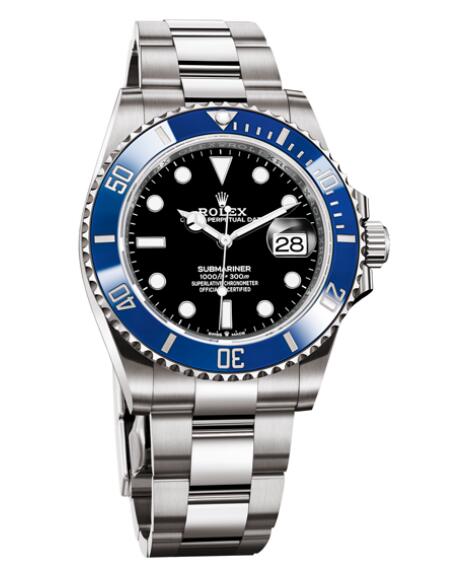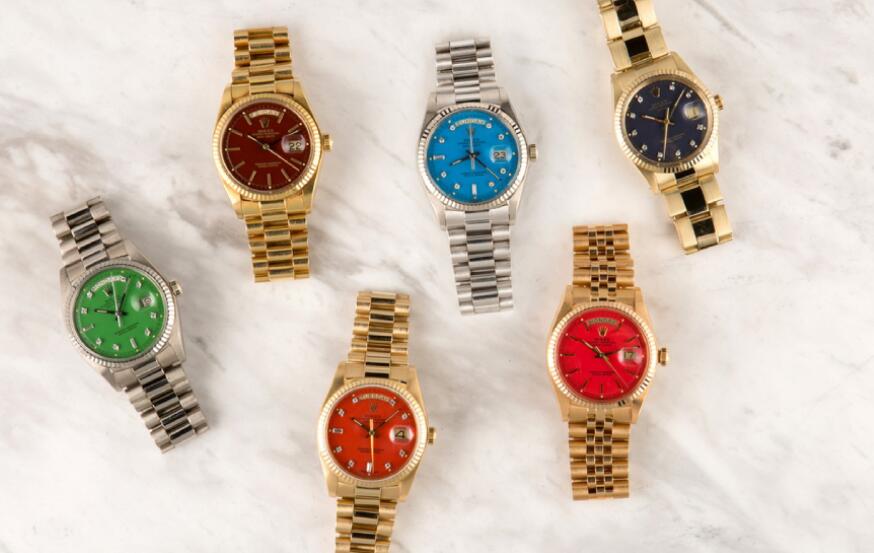This guide explains the Rolex Oyster bracelet, especially as it pertains to the Submariner dive watch. It will compliment our other guides on collecting your first best Rolex replica watches as well as on digging into the nitty-gritty of neo-vintage, vintage and pre-owned Rolex.
While collecting UK AAA Rolex fake watches like the Rolex GMT Master, the Daytona, Submariner and others will always be the main focus—and even though the prices on Rolex sport watches have been falling lately as pandemic collectors leave the scene—the “correct” or “incorrect” Oyster bracelet can make or break a specific Rolex acquisition. Condition is one thing: Those loose pins that hold the links together can cause the bracelet to sag and rattle, or even fall apart. However, for collectors it’s even more important that the Oyster bracelet historically matches the watch you’re collecting—that it is, as the Rollie-heads say, “correct for that reference.” If you’re going to collect Rolex, and especially the Submariner, it’s paramount to understand the Oyster bracelet for this reason.
While some might argue that the Jubilee bracelet is just as iconic than the Oyster bracelet, and the President bracelet more refined, none can deny the ubiquity of the Oyster design. Indeed, it’s been copied by more watch companies than perhaps any other bracelet, and the Oyster bracelet continues to be used on top 1:1 Rolex copy watches across the brand’s catalog. Seventy-plus years after its introduction, owning one is still considered a rite of passage amongst collectors.
Instantly recognizable for its three-piece links, robust construction, and flowing lines, the Oyster bracelet has been successfully paired with myriad Swiss made replica Rolex watches since its introduction in the 1940s—though we would argue that its best and most famous partnership has always been with the Submariner, Rolex’s flagship dive watch. Because while a Sub on a NATO strap, a rubber strap, or even on leather or a Jubilee bracelet is still a Sub, one paired with an Oyster bracelet is an icon.
“The Oyster bracelet is arguably one of the keys to Rolex’s success since the 1940s and 1950s,” says noted vintage watch dealer and expert Eric Wind. “It was integral with the birth of the Submariner, Explorer, GMT-Master, and Daytona. While it was originally a design by Gay Frères in the 1930s, it really found its calling with Rolex adopting it on those sport models in the 1950s and 1960s. It has evolved to go from thin rivet models to the solid, much heavier Oyster bracelets we know today.”
Without delving too far into the weeds of every minute change to the Oyster bracelet over the years (and there have been many of those), we’re going to examine those references that were specifically paired to the Submariner. This guide should up your Rolex collecting game considerably. Perhaps the next time you glance down at the cheap fake Rolex dive watches on your wrist, you’ll be inclined to pay this humble hunk of metal the respect it deserves.
A Brief History of the Oyster Bracelet
Initially, China 2024 Rolex super clone watches were sold on leather straps, with bracelets being an add-on accessory that could considerably raise the final price—in the 1930s, for example, customers could choose the Bonklip-style bracelet from Switzerland’s premier bracelet producer, Gay Frères. This Bonklip bracelet had lightweight steel links and straight end links. As Gay Frères was then an independent company, many other brands’ watches were also available on such bracelets. (Note that in 1998, when Rolex acquired Gay Frères in its entirety, the Oyster bracelet became an entirely in-house, Swiss-made product.)
Yet, as with many things Rolex, the Oyster bracelet didn’t emerge fully formed from the Earth’s womb on a single day to the fanfare of trumpets and the singing of angels. Rather, the Oyster bracelet evolved throughout the early part of the 20th century, taking the form of iterative configurations. This is where a collector needs to start paying close attention, as making sure you’ve got the right bracelet is as important as matching the paperwork and box to your collectible watch.
The Oyster Bracelet With Straight End-Links (1948-1951)
In 1945, Rolex replica watches UK for sale patented the Jubilee bracelet, which celebrated the maison’s 40th anniversary. Just a few years later, in 1947, it followed this up by patenting the Oyster, which made its first appearance in the Rolex catalog in 1948. A simple design consisting of three links—the center link being wider than the flanking pieces—it first featured straight end links. This made it easy to affix to a variety of watch models, but the overall effect was a less custom-seeming and form-fitting bracelet.
At first, it was chronographs and the famed “Bubblebacks” that received these Oyster bracelets. (The “Bubbleback,” so called due to its protruding caseback, was an early version of the waterproof, automatic, Swiss movements fake Rolex Oyster Perpetual watches.)
The Oyster Bracelet with Curved End Links (1952)
In 1952, however, the Crown introduced curved, form-fitting end links, marking a significant change that saw the Oyster bracelet produced in a variety of references for different watch models, including the Submariner, GMT-Master, and Explorer. At this time bracelets were sometimes made in the U.S.A. or Mexico for tax reasons, but since Rolex’s 1998 acquisition of Gay Frères Oyster bracelets are purportedly all Swiss-made.
First Generation Oyster Bracelets on the Submariner (1953-1966)
When viewed head-on, Oyster bracelets from the ‘50s through the modern era look rather similar—but turn one on its side, and the differences become more apparent. With the launch of the Rolex Submariner replica watches online site in 1953, two bracelets were offered that represent the earliest iterations of the now-famous accessory.
Oyster Bracelet 7206 Riveted “Flushfit”
The reference 7206 was a riveted model with “Flushfit” end links, in which each hollow link is held together with a visible rivet.
Oyster Bracelet 7206 Stretch-Rivet “Flushfit”
Another option was the 6636 “stretch-rivet” model (also with “Flushfit” end links), which has an ingenious, spring-loaded mechanism that allows each link to separate slightly from its neighbors. (The stretch-rivet bracelet, in production from roughly 1953-1966, had a tendency to catch hair in between the links and proved not to be terribly sturdy.) Both of these models featured a fold-over clasp with a large Rolex coronet.
Second Generation Oyster Bracelet with Folded Links (1967-Mid 1970s)
By roughly 1967, the reference 7836 “folded-link” Oyster bracelet joined the market, replacing the earlier rivet-style models. Rather than a hollow link held together with rivets, the folded-link consists of a piece of steel folded over on itself several times, which is inherently stronger than the rivet design.
Note that the reference 9315 from roughly 1969, introduced on the Sea-Dweller and Submariner, featured a special diver clasp, while the reference 9316, from the same time and also with a diver clasp, was seen only on the Swiss 1:1 copy Rolex Sea-Dweller watches.
Third Generation Oyster Bracelet with Solid Links (1972-2000)
In the mid-1970s—1972 by some collectors’ estimation, slightly later by others—the folded-link Oyster bracelets had been replaced by the first solid-link versions, which constitute the most robust (and still-used) of Rolex’s sport bracelet designs. Adding a zero to the previous generation reference numbers results in the reference 78360, which featured a folding clasp.
The reference 93150, which featured a diver clasp, shipped on the Submariner and was available as an option on the GMT-Master and Explorer, as well.
The reference 93160 likewise featured a diver clasp and was paired with the Sea-Dweller.
Fourth Generation Oyster Bracelet with Solid End Links (2000-2010)
Around the turn of the millennium, Rolex began outfitting its Oyster bracelets with solid end links, which made for a more solid attachment point to the watch head. While Rolex replica watches shop previously featured holes in the side of each lug through which a tool could be used to eject the spring bars and remove the bracelet, the brand did away with these holes around 2003-2004, which resulted in another change to the end link design.
End links, it should be noted, have their own numerical coding designation, allowing one to easily check whether a set is “correct” for a given bracelet or watch reference.
Fifth Generation Oyster Bracelet with Oysterlock and Glidelock (2010-present)
Today, the Oyster bracelet references available with the best quality Rolex Submariner replica watches are the 92700 (Submariner) and 97200/97203/97208/97209 (Submariner Date). What are the differences? The metal used in the bracelet, which is denoted by the last number in the code: Watches and matching bracelets are available in: Steel (Oystersteel), Everose gold and steel, yellow gold and steel, rose gold, platinum, yellow gold, and white gold.
The Oysterlock, which comes standard on the Submariner bracelet, uses a folding safety clasp, cover, and safety catch, while the Glidelock extension system allows the bracelet length to be extended in 2 mm intervals in order to fit over a wetsuit—or even a swollen wrist after a flight or a salty meal.
Rolex Submariner Oyster Bracelets and Specs at a Glance
NOTE: All lug widths are 20mm.
Reference 7206, riveted links, introduced ~1953
Reference 6636, expanding riveted links, introduced ~1953
Reference 7836, folded links, introduced ~1967
Reference 9315, folded links, diver clasp, introduced ~1969
Reference 78360, solid links, introduced mid-1970s
Reference 93150, solid links, diver clasp, introduced ~1975
Reference 92700 / 97203 / 97208 / 97209, solid links, Oysterlock and Glidlock on clasp, introduced 2010
